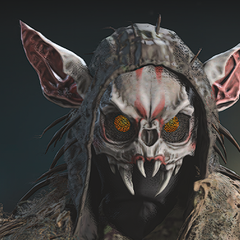Unity Technologies Reworks New Runtime Fee
By
feryquitous
in Tech News
in Tech News

This topic is now closed to further replies.
Share
Followers
1
-
Featured Topics
-
Topics
-
BrandBoozle ·
Posted in Troubleshooting0 -
0
-
mecurt78 ·
Posted in Troubleshooting0 -
7
-
jonrosalia ·
Posted in LTTStore.com Merch1 -
amir2927 ·
Posted in CPUs, Motherboards, and Memory1 -
4
-
rb19 ·
Posted in Graphics Cards7 -
3
-
yepnew ·
Posted in New Builds and Planning6
-














